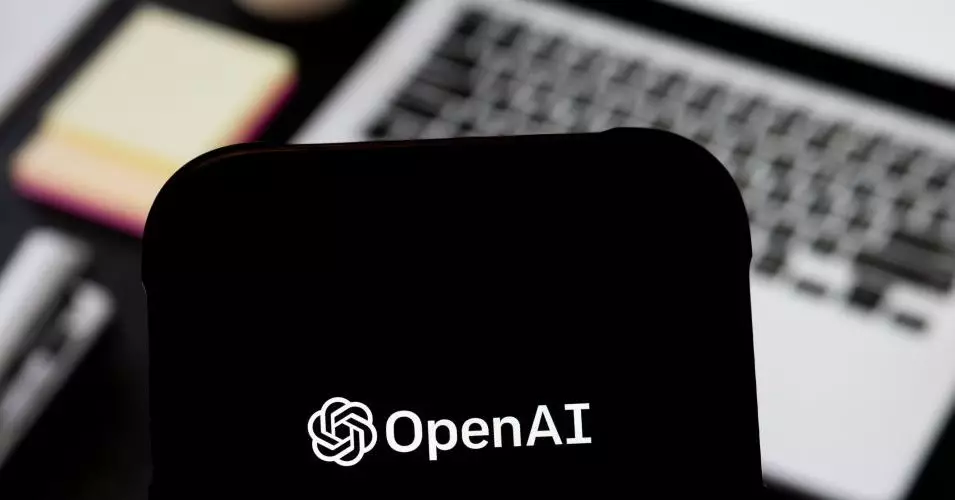In a groundbreaking revelation, Sam Altman, CEO of OpenAI, announced on X that the company plans to release a new open-weight artificial intelligence model within the forthcoming months. This announcement has captivated the tech community and signals a pivotal shift in OpenAI’s strategy towards more open and accessible AI development. Altman expressed his enthusiasm for this venture, indicating that it was not only a response to the success of competing models such as DeepSeek’s R1, but also a necessary step for OpenAI to keep pace with evolving market demands. His statement struck a chord: “now it feels important to do,” reflecting the urgency for innovation in an increasingly competitive landscape.
The Catalyst: Competitive Pressure
The rise of DeepSeek’s R1 model, which debuted earlier this year, has clearly impacted OpenAI’s trajectory. Altman’s earlier admission of being “on the wrong side of history” signifies his acknowledgment of the growing momentum behind open-weight models and their ability to democratize AI technology. This competitive pressure from other tech giants, including Meta’s Llama, has prompted OpenAI to pivot its focus. As competitors gain traction, the need for OpenAI to demonstrate that it can deliver powerful models at lower costs becomes critical, especially since DeepSeek reportedly trained its model at a fraction of the expense associated with traditional approaches.
Benefits of Open-Weight Models
The implications of open-weight models extend far beyond mere cost efficiencies. These models allow developers to download and modify them freely, fostering innovation by enabling businesses, researchers, and hobbyists to tweak AI to their specific needs. When parameters within a model—referred to as weights—can be adjusted, the result is a more versatile tool that can adapt to specialized applications, including those involving sensitive data. As such, the community stands to benefit significantly, unlocking potential uses that sophisticated proprietary models might not accommodate. Notably, Clement Delangue, CEO of HuggingFace, remarked on the importance of this development, underscoring how open weights empower broader accessibility in AI capabilities.
Concerns and Responsibility in Open AI Development
While the excitement over open-weight models is palpable, inherent risks pose ethical challenges that cannot be ignored. Prominent figures within OpenAI, including researchers like Steven Heidel and Johannes Heidecke, have been vocal about the need for stringent safeguards. They recognize the necessity of thorough testing to mitigate potential misuse of these powerful tools, with particular attention given to the unintended consequences they could yield. Concerns about open access facilitating cyberattacks or even grave threats like bioengineering underscore the need for a robust framework to govern development. Heidecke’s mention of OpenAI’s Preparedness Framework illustrates the seriousness with which the company treats these risks, showing a commitment to balancing innovation with safety.
Invitation to Collaboration
In a move that embodies open collaboration, OpenAI has opened a portal for developers to gain early access to the forthcoming model. This gesture not only signals the company’s willingness to work closely with the developer community but also indicates a broader commitment to ensuring that advancements in AI technology do not occur in isolation. By hosting events and prototypes for developers, OpenAI fosters an environment of shared knowledge and iterative improvement. As Altman prepares to engage with the developer community, there is a palpable sense of excitement about what the future holds for the AI landscape.
Looking Ahead: The Future of Open AI Models
With Meta leading the charge in open access AI innovation and several other companies following suit, the landscape is rapidly changing. However, challenges surrounding transparency remain, particularly regarding the proprietary elements of models like Llama, which still conceal key details about their training data. As OpenAI unrolls its open-weight model, it has an opportunity to set a new bar for transparency in AI development, encouraging others to follow. The potential for open-weight models to revolutionize the industry, while being managed responsibly, is significant. It may lead to a more equitable distribution of AI benefits, where the creators and users can share in the bounty of the technology they help shape.


Leave a Reply